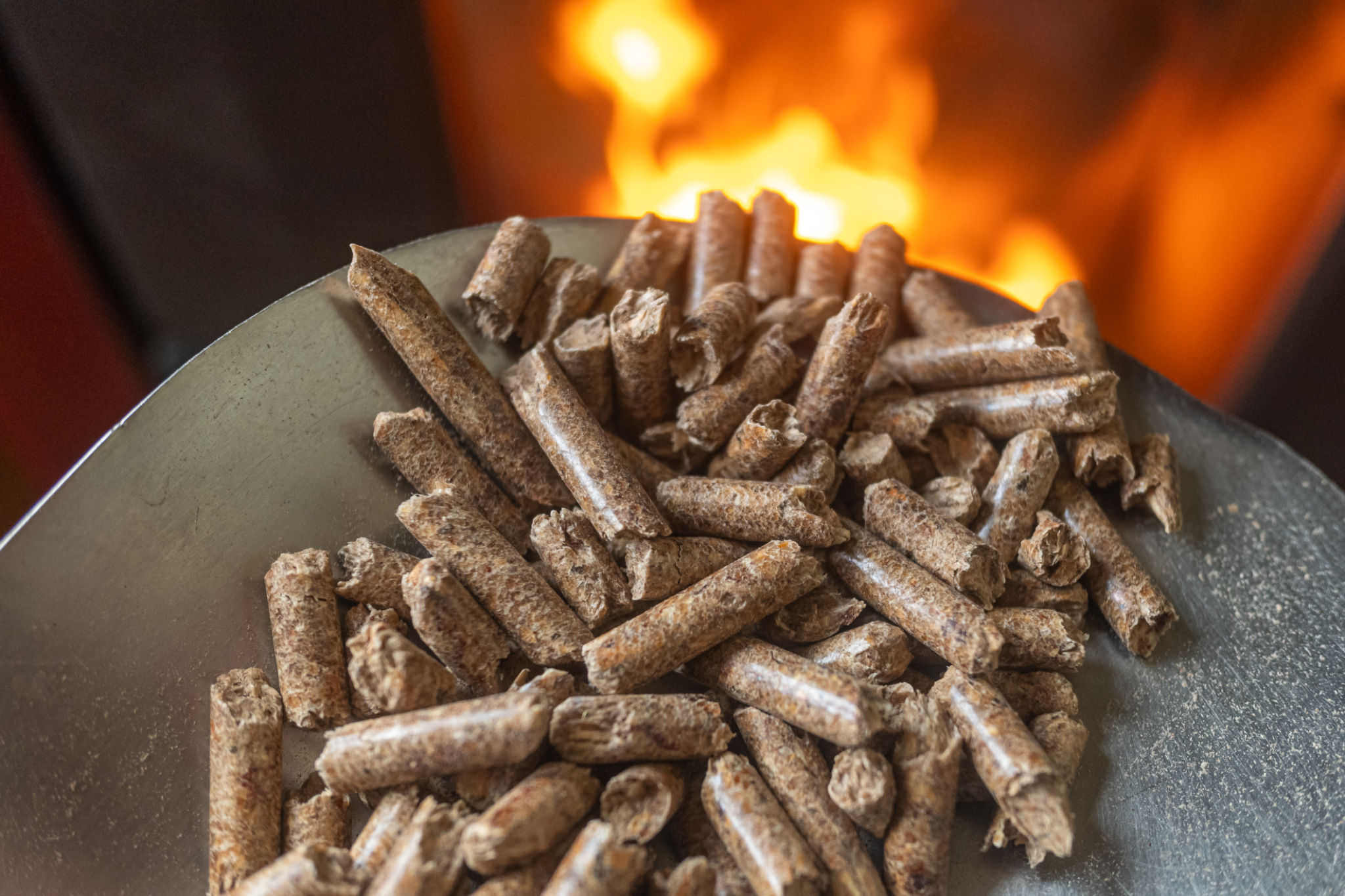Choosing Between Biomass Wood Pellets and Logs for Home Heating
Understanding Biomass Heating
As the world shifts toward more sustainable energy sources, many homeowners are considering biomass heating as an eco-friendly alternative. Biomass heating uses organic materials, such as wood pellets or logs, to generate heat. This method not only helps reduce carbon footprints but also offers a renewable energy source.
Choosing between biomass wood pellets and logs can be challenging, as each option comes with its own set of advantages and considerations. This blog post will explore the differences to help you make an informed decision for your home heating needs.

Wood Pellets: A Modern Solution
Wood pellets are a popular choice for those looking for convenience and efficiency in their home heating systems. These small, cylindrical pieces of compressed wood are created from sawdust and other wood by-products. They are known for their high energy output and ease of use.
Benefits of Wood Pellets
One of the main advantages of using wood pellets is their consistency in size and moisture content, which allows for more controlled and efficient burning. This uniformity results in less ash production and cleaner combustion, making it an ideal choice for automatic pellet stoves and boilers.

Considerations for Wood Pellets
While wood pellets offer many benefits, they also require specific storage solutions to keep them dry and accessible. Additionally, the initial cost of purchasing a pellet stove or boiler can be higher compared to traditional wood-burning systems. However, the long-term savings on fuel and maintenance often offset this investment.
Logs: Traditional and Tactile
For those who appreciate a more traditional approach to heating, logs offer a tactile experience that is hard to replicate. The sight and sound of a crackling log fire can create a cozy atmosphere in any home.
Benefits of Logs
Logs are typically more readily available and can often be sourced locally, reducing transportation emissions. They also provide a sense of satisfaction from splitting and stacking your own firewood, if you choose to do so. Additionally, log burners can be less expensive to purchase initially compared to pellet stoves.

Considerations for Logs
However, burning logs can be less efficient than pellets due to variations in moisture content and size. This can result in more frequent cleaning and maintenance of chimneys and stoves. Proper storage is crucial to ensure that logs remain dry and ready for use.
Making the Right Choice for Your Home
Ultimately, the decision between biomass wood pellets and logs will depend on your personal preferences, budget, and lifestyle. Consider the level of convenience you desire, the initial setup costs you are willing to incur, and the maintenance requirements you can manage.
If you value efficiency and ease of use with minimal maintenance, wood pellets may be the right choice. However, if you enjoy the traditional feel of a roaring log fire and are prepared for a bit more hands-on involvement, logs could be a better fit.

Whichever option you choose, both biomass wood pellets and logs offer sustainable heating solutions that contribute to reducing your carbon footprint while keeping your home warm and inviting.